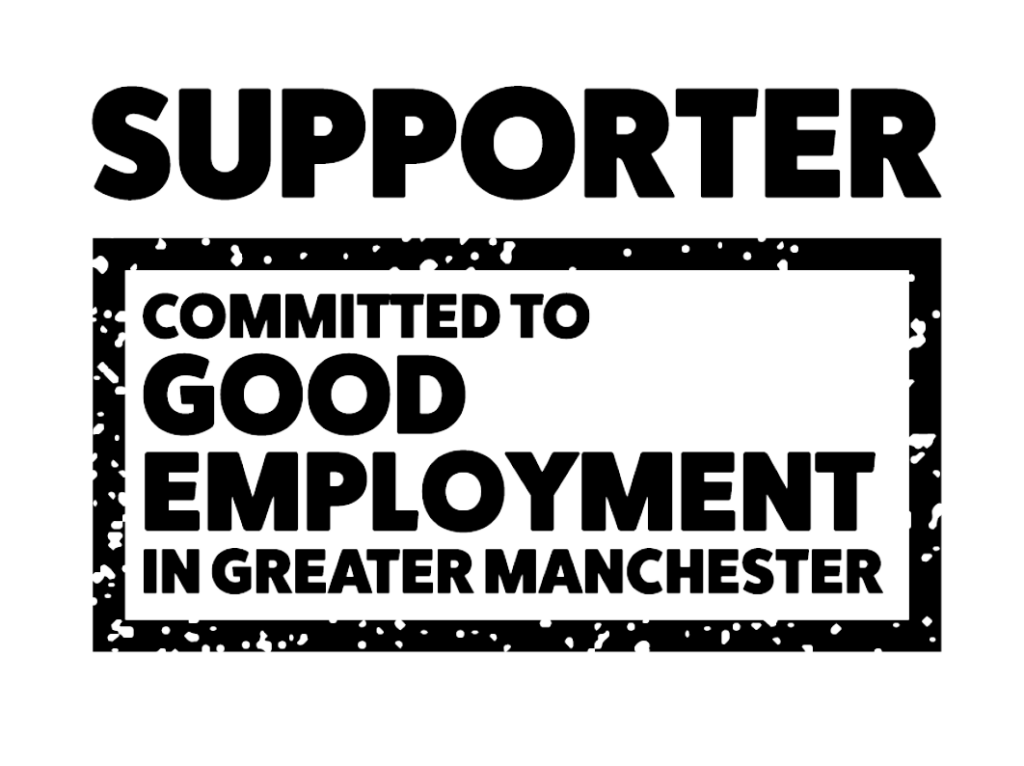One of the biggest mistakes we see business leaders make is investing in marketing activity that isn’t in line with their commercial strategy, ‘doing’ marketing because they feel like they should rather than for a clear outcome.
It’s fair to say that for some organisations, marketing could be described as an afterthought, an add on, or a nice to have. When marketing lacks strategic focus, it very quickly becomes seen as an overhead instead of an income generator, gets deprioritised further, works even less effectively and becomes even less important.
When marketing is deemed commercially unimportant, it often ends up far from the senior team’s radar, which, in turn, feeds into a lack of focus and perpetuates the problem even further.
For instance, marketing could be outsourced to an external agency without someone on the inside who owns it. It may be delegated to junior team members without any guidance or overview, or marketing may become just part of someone’s (already quite busy) existing job.
Whilst all of those solutions can work with the right support and structure, without the right support and structure, it’s destined to fail more often than not.
Likewise, when marketing isn’t in line with a company’s overall ambitions, it’s unlikely to get the investment it needs to be successful, either financially or in terms of dedicated time. Again, this means activity isn’t given its best chance, meaning it’s likely lacking and then deemed unsuccessful. The cycle begins again.
So why does any of this matter?
This lack of strategy and absence of focus or planning can leave businesses in the vulnerable position of marketing always being reactive.
When the business is quiet and more work is required, marketing has to turn the taps on very quickly without a core focus, clear objectives or the structure and processes needed to deliver campaigns that work. Teams become stressed, make panic decisions, and money is wasted.
It can become a perfect storm of wrong channels, weak messaging and poor ideas, delivered with a meager budget and a less than expert skillset. Nobody wants to work that way. It can leave teams frustrated and the brand negatively impacted by ineffective, ill-thought-out marketing activity.
One area where we see this time and time again is content creation. When blogs, email and social media are delivered independently of each other, without a long-term strategic plan, it usually leads to poorly performing content.
A reactive approach to content focuses on getting it out and ticking a box, putting content creators under unnecessary pressure and delivering content which:
- is irrelevant to their community
- is inconsistent with other brand collateral
- doesn’t support business goals
- is focused on superficial trends and unauthentic.
This results in inconsistency at best, and at worst, a copycat culture. We often see businesses, particularly in certain sectors, create very similar content, without their own unique take or added value. It’s not very interesting. It’s definitely not engaging. And it certainly doesn’t support anyone’s commercial objectives.
In short, reactive, unfocused, stand-alone marketing activity is bad for business.
So what should you do about it?
The way to overcome some of these challenges is to apply a campaign mindset to your marketing activity.
A campaign mindset encourages you to approach marketing the same way you do overall business growth, using a set of clear objectives with long and short-term goals that enable you to get there.
It doesn’t matter what the objective is, what kind of activity you’re running, or how big your budgets or teams are. The approach is the same, with the same phases and process, allowing your marketing function to spend less time structuring activity and more time delivering it. Basically, busy work, be gone!
It could be a creative campaign It could be a sales-focused campaign. It can apply to very clever and innovative ideas just as easily as functional, evergreen ideas. Whatever you want your activity to be, the delivery principles are always the same:
- know what you want to achieve
- understand who you’re targeting
- plan your approach to activity
- create clear user journeys and calls to action
- have clear metrics to report on.
A campaign approach to all your activity means your brand always shares content that is relevant to you, your sector and your community. There’s also less reliance on last-minute ideas and panic decision-making, so you can be confident that what’s going out in your name is high quality. It will have been ratified against your aims and objectives, thoroughly researched, and created in a timely fashion.
A campaign mindset also allows ebb and flow in your activity, building core milestones and a sense of excitement or urgency rather than a feeling of lather, rinse, repeat or we’ve seen all this before.
Your campaigns will be unique. You won’t be doing exactly the same thing that your competition is doing, talking about the same topics, or being reactive.
You’ll have a clear set of KPIs to work towards, ensuring all activity supports those goals- it’s a simple as if it doesn’t contribute to the KPIs it doesn’t happen.
These three factors mean activity is much more likely to resonate with your audience and inspire them to take action via a clearly mapped path- a far cry from the throw it all out and see what sticks mentality you may have historically relied on.


